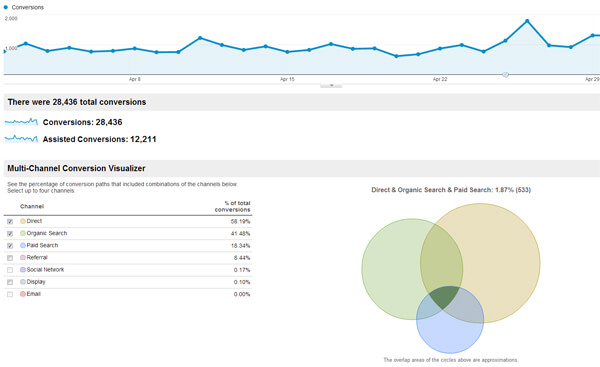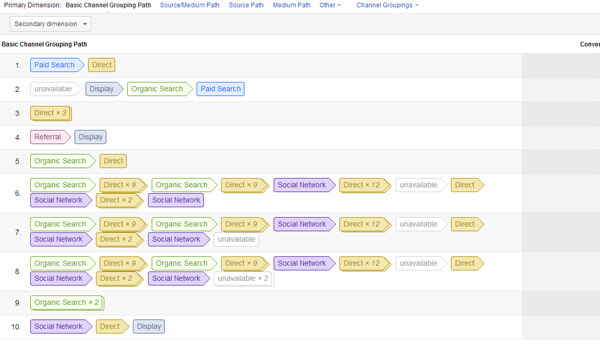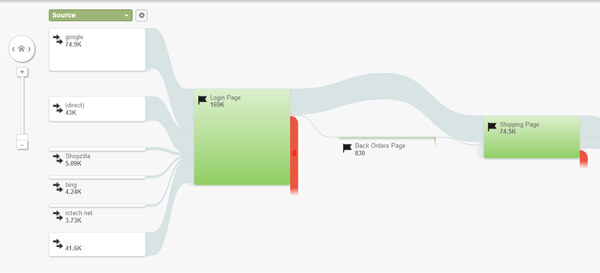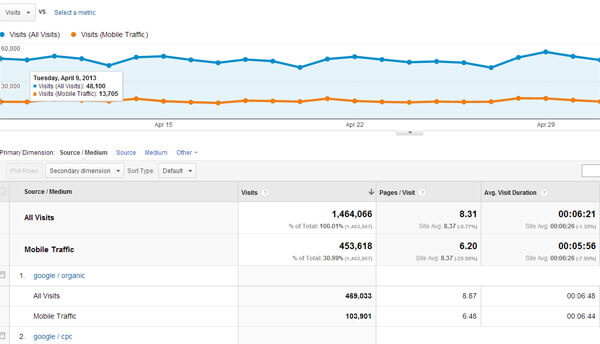Titan Growth is pleased to announce the appointment of Jesús Parrilla as VP of International Business Strategy. In this new role, Mr. Parrilla will lead the company’s strategic expansion initiatives into global markets. Mr. Parrilla comes to Titan Growth with a wealth of experience in international business, having spent the last several years as CEO of Explora, a luxury international travel company. During his tenure at Explora the company enjoyed its most successful run in 20 years of operations, garnering multiple awards and recognitions.
Danny Shepherd, CEO of Titan Growth, commented, “In our quest to continually fill the need for sophisticated and results-oriented digital marketing for our clients, it is vital that our team includes an informed strategic thinker with a global perspective. Having previously worked with Jesús, I am confident that he is the right person for this new role in the company. As one of the world’s leading international luxury travel experts, Jesús will allow us to supply our clients with strategic and tactical advice beyond our core services. His expansive experience in global sales, marketing, and business development, along with a venerable academic background, make Jesús uniquely qualified to guide us as we expand internationally.”
Jesús Parrilla holds a BBA in International Business and General Business from St. Mary´s University in San Antonio, TX and an International MBA in Marketing from the University of Memphis. In addition to his successful tenure as CEO of Explora, Mr. Parrilla has held Board of Directors positions at Metropolitan Touring in Argentina, Chile, and Peru, where he played key roles in regional expansion and global distribution strategy.
“Danny and the Titan Growth team are building an exciting, dynamic and innovative company that is positively impacting their clients’ bottom-line,” stated Mr. Parrilla. “Titan is an industry leading game-changer in their market and I had the opportunity to closely see the impact of their work while at my previous organization. I am honored to be a part of the team, a team that I considered my secret weapon while at Explora. I am excited to work on a long-term strategic plan and to offer what I have learned in the hospitality and travel industries to their benefit.”





